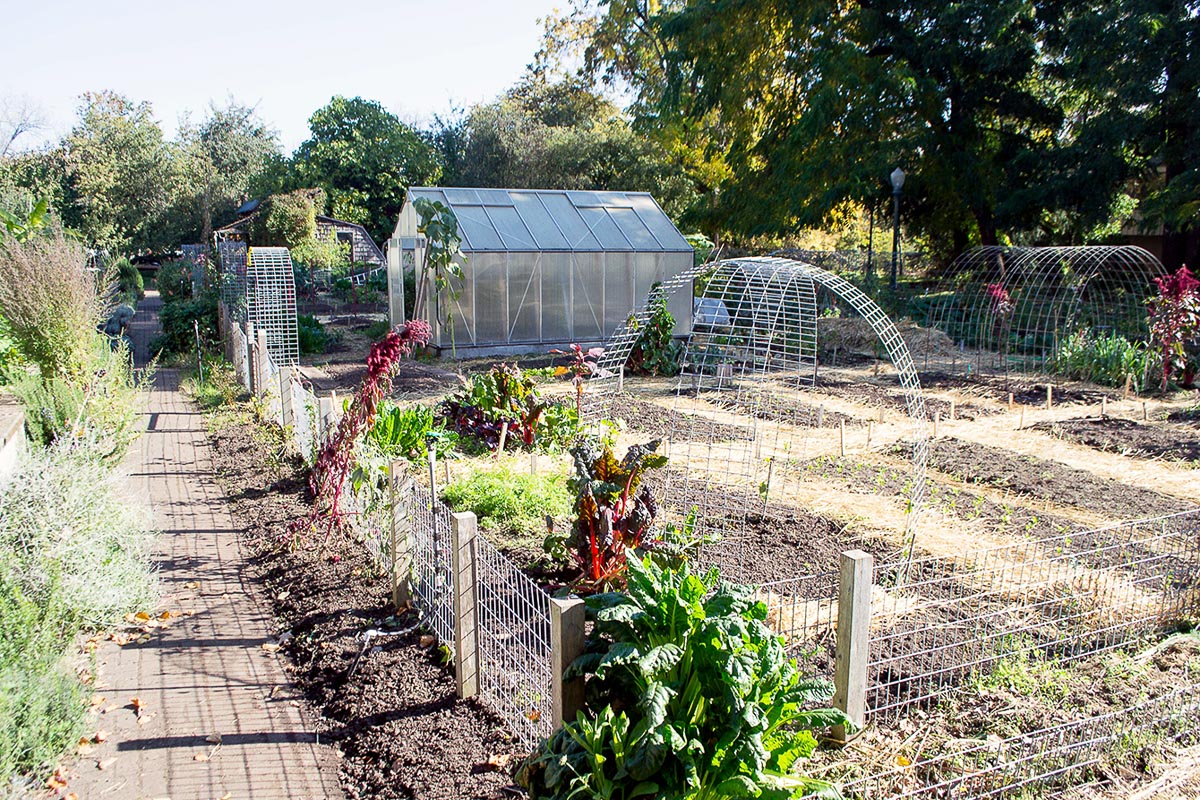The Definitive Guide to City Blooming
City Blooming for Beginners
Table of ContentsSome Ideas on City Blooming You Need To KnowCity Blooming Things To Know Before You BuyExamine This Report on City BloomingEverything about City BloomingThe 6-Second Trick For City Blooming
Interested in growing food to buy in the City of Chicago? Thinking of starting a neighborhood yard? Modifications to the Chicago Zoning Ordinance allow agricultural usages like neighborhood yards and urban farms in many components of the city. Below is a list of regularly asked concerns relating to the regulations and guidelines that cultivators should think about when preparing an urban agriculture project.
The zoning modification does not change any kind of various other codes managing composting, building permits, acquiring or leasing City had property, company licenses or ecological contamination. There are existing codes that control these issues and they continue to be completely impact and might be suitable to your project. Neighborhood gardens are commonly owned or taken care of by public entities, public organizations or community-based organizations and kept by volunteers.
Urban ranches grow food that is planned to be offered, either on a nonprofit or for-profit basis. Due to their industrial function, metropolitan ranches require a service permit.
Some Known Questions About City Blooming.
The quantity of garden compost product can not surpass 25 cubic yards at any given time according to the requirements in 7-28-715 of the City's Municipal Code. Because the dirt at the majority of brand-new yard websites needs amending, compost, soil, wood chips, or various other materials can be obtained to create or improve the growing area.

If a building permit is required after that the hoophouse will be considered an accessory building. You can discover more regarding the structure license requirements by speaking to the Department of Buildings. The 25,000-square-foot size limit is meant to stop a single community garden from controling a given block or taking away from the block's existing residential or commercial character.
The restriction does not put on yards located in Public Open Space (POS) districts. Can there be greater than one community yard that is 25,000 square feet on a solitary block? Yes. The dimension limitation relates to individual yards, not to private blocks. No. Secure fencing is not required, nevertheless, gardens that have big auto parking locations may be required to set up secure fencing or various other landscape design features.
Our City Blooming Statements
B1 & B2 areas call for that all commercial usage tasks be performed inside your home. Is secure fencing needed for metropolitan farms? Fencings might be called for, along with landscaping and screening, for certain parking locations and outside work or storage space areas depending on place and the certain activity taking area.
Yes. Urban farms call for structure permits and zoning authorizations prior to building and construction. Other types of city review might be required relying on specific frameworks, activities, size, landscaping, licensing, public heath and stormwater administration problems. Much of these needs are determined in the task layout or allowing procedure, nonetheless, the applicant may be accountable to independently identify certain licenses or permits that might be required.
Yes. The sort of permit is figured why not try this out out by what is occurring at the site. The Department of Business Affairs and Consumer Defense can assist determine the certain kind of company license that's required. Yes. Off street car parking is required for a lot of industrial jobs in Chicago. The called for number of vehicle parking spaces is based on the number of workers working with site and not the square video of the expanding space.
The 9-Second Trick For City Blooming

A city ranch can offer garden compost material produced on site, nonetheless, the operation has to abide with the guidelines in 7-28-715 of the Chicago Municipal Code. Aquaponic systems are allowed inside on urban farms in many zoning areas.
As much as five hives or colonies of honey may be kept as an accessory use. However, beekeepers need to register with the Illinois Department of Farming. For more details regarding the suggested zoning amendment you might speak to the Department of Housing and Economic Development, Bureau of Preparation and Zoning at 312.744.8563.
, which takes area in country areas at the side of suburban areas.
Some Known Incorrect Statements About City Blooming
It can involve a movement of natural cultivators, "foodies" and "locavores", that seek to create social media networks based on a common values of nature and area holism. These networks can create using formal institutional assistance, ending up being integrated right into local community planning as a "change town" activity for sustainable metropolitan growth.
The much more direct accessibility to fresh vegetable, fruit, and meat products that may be become aware through metropolitan agriculture can enhance food security and food safety while lowering food miles, resulting in lower greenhouse gas emissions, thus adding to climate adjustment mitigation. Some of the first proof of city farming originates from Mesopotamia.